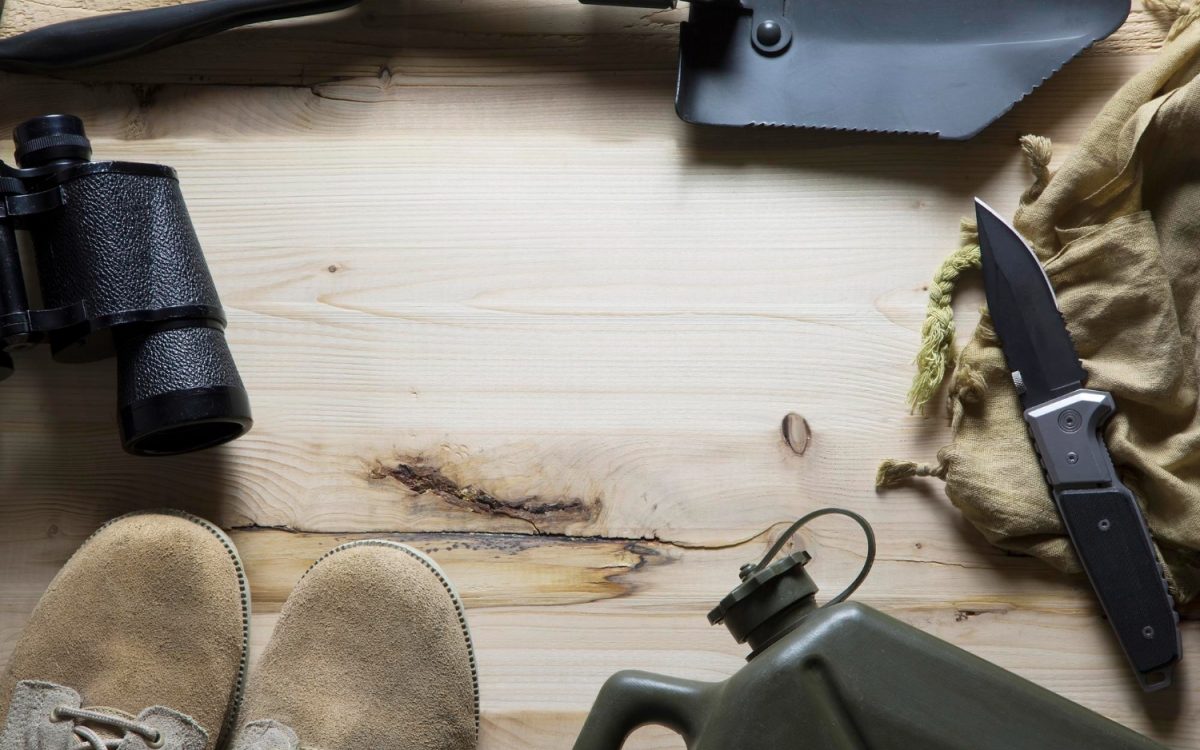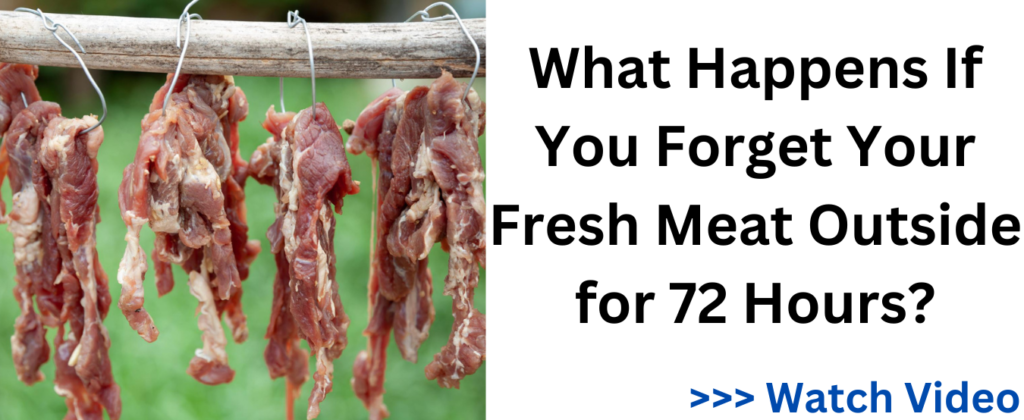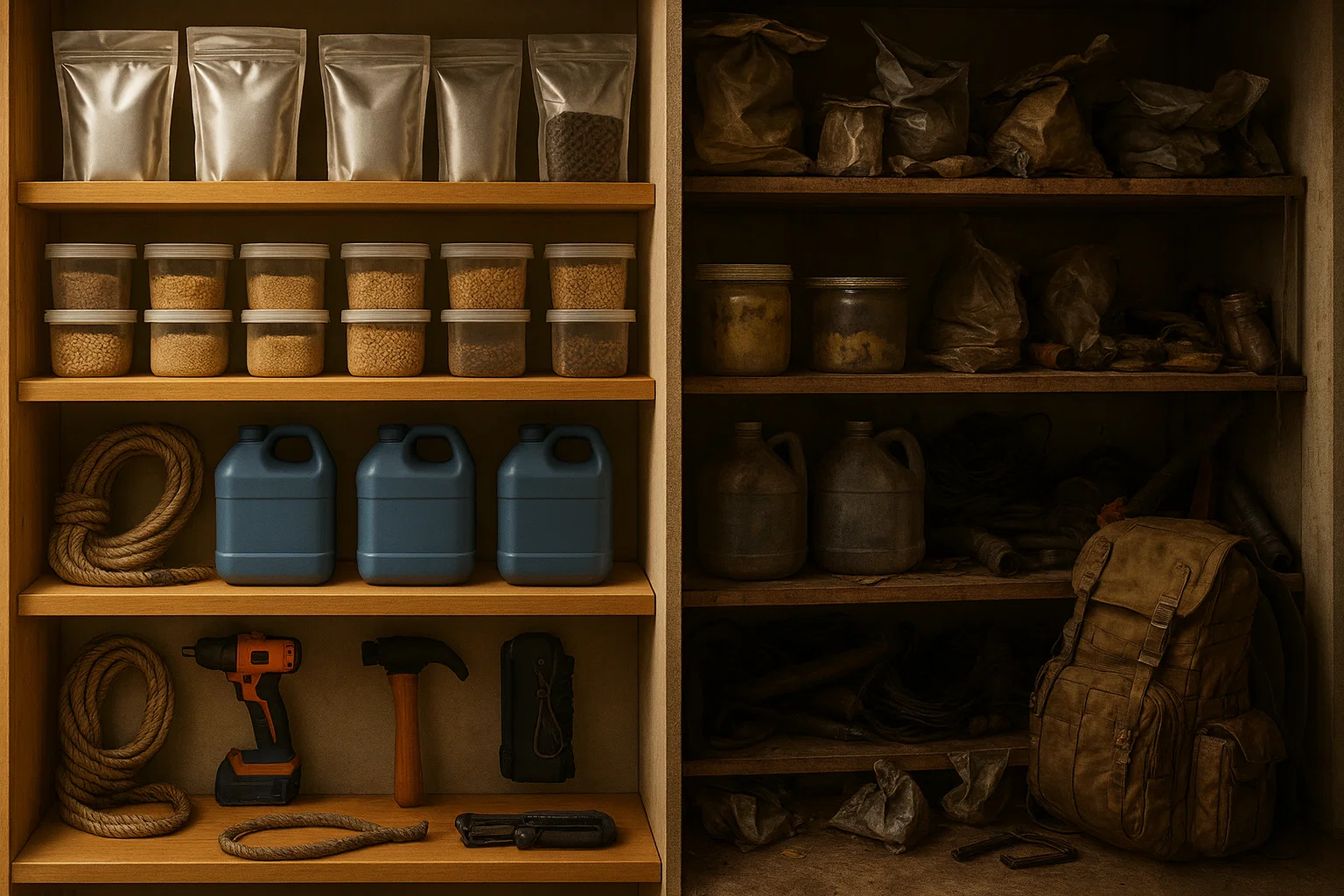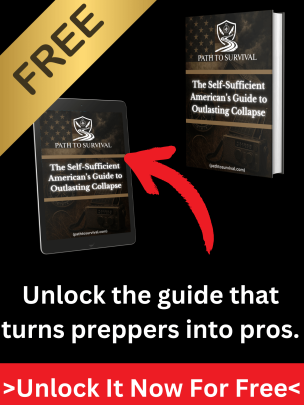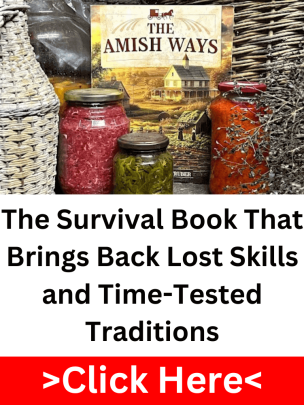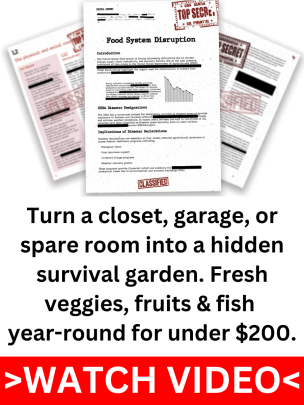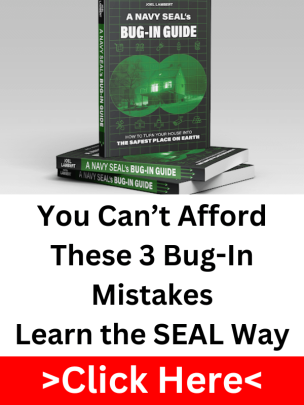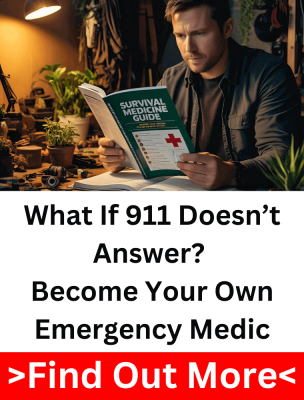When things go wrong, survival gear is meant to be your lifeline. However, what if the very tools you depend on endangering your security? Ironically, if you’re not careful, the equipment and materials that are supposed to save your life could become concealed dangers. Because they believe that owning their equipment is sufficient, many survivalists ignore the serious risks associated with it. However overuse, poor quality, or inadequate maintenance can swiftly turn life-saving devices into hazardous liabilities.
The dangers are genuine and frequently disregarded, ranging from fake equipment that breaks down under pressure to supplies that quietly run out in your stockpile. Using tools you haven’t thoroughly tested, neglecting maintenance, or improperly storing goods can all lead to problems in an emergency. When assistance is unavailable, a knife that breaks while cutting wood or a water filter that doesn’t filter microorganisms could cause harm or illness. The first step to true readiness is realizing these hidden threats.
Faulty or Counterfeit Gear
The prevalence of online buying has led to an increase in the problem of counterfeit survival gear. It’s simple to fall into enticing offers or eye-catching marketing, only to be let down by inferior equipment that breaks down when you need it most. Some problems people encounter include water filters that cannot eliminate dangerous bacteria, knives that break under mild pressure, and fire starters that don’t spark sufficiently to ignite kindling. These flawed instruments have the potential to make a difficult situation fatal.
Water filtration systems are among the most worrisome sectors. To guarantee their effectiveness, counterfeit filters frequently omit important testing. Failure to deliver clean drinking water when relying on a filter is not only inconvenient but also dangerous. In a similar vein, poor-quality compasses can deceive you, and fragile multi-tools may shatter while doing essential duties. In an emergency, relying on such things could have disastrous results.
Always buy from trustworthy merchants to prevent becoming a victim of these fakes. Check for certificates such as ISO ratings for tools or NSF for water filters. Before making a purchase, carefully consider customer evaluations and be cautious of offers that look too good to be true. A fake can be identified by even the smallest aspects, such as the product’s texture or packaging. When in doubt, choose reputable companies with a solid reputation.
It is equally important to test your equipment. Don’t wait until an emergency arises to find that your shelter isn’t windproof or that your Ferro rod is broken. Set aside time to test and practice your tools in safe settings. This guarantees dependability and increases equipment familiarity, which lowers mistakes when it counts most.
Improperly Stored or Expired Supplies
It’s one thing to store goods; it’s another to keep them secure and functional. Even the best-stocked product can be ruined by improper storage. Inadequately sealed sacks of grains or beans can draw pests, and canned items exposed to temperature changes might expand and deteriorate. In addition to food, medical items such as ointments and bandages can deteriorate with time and become ineffective when you need them most.
The answer? Change your stock frequently. Use the oldest items first and replace them as soon as possible by using a first-in, first-out approach. For long-term essentials, use vacuum-sealed bags or Mylar bags with oxygen absorbers, and store food in cool, dry locations. Examine the expiration dates of everything, including medications, and replace anything that is getting close to its expiration date. To avoid infection, rotate stored water every six months and properly clean containers. Being vigilant all the time guarantees that your supplies are safe and usable in an emergency.
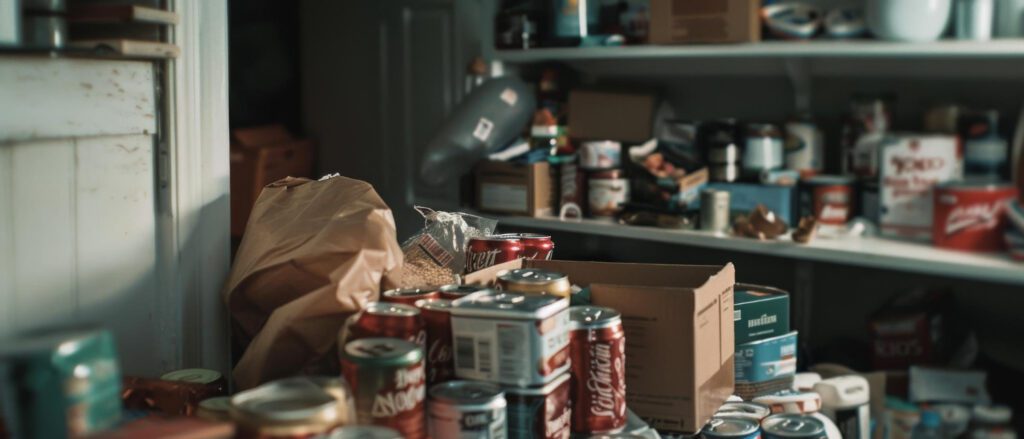
Misused Tools and Equipment
The effectiveness of survival tools depends on the user. Misuse or misinterpretation of your equipment might result in mishaps or, worse, make it unusable when you need it most. For example, axes are quite useful for chopping firewood, but they must be used properly to prevent damage. Improper swinging can result in dull blades, damaged handles, or even severe injury from missed blows.
Another frequent source of overuse is knives. Many individuals try to use survival knives for things like splitting strong wood or prying open cans that they weren’t made for. When the blade is damaged by this overuse, you won’t have a working tool when you need it most. You can prolong the life of your knife and keep yourself safe by being aware of its limitations and using it properly.
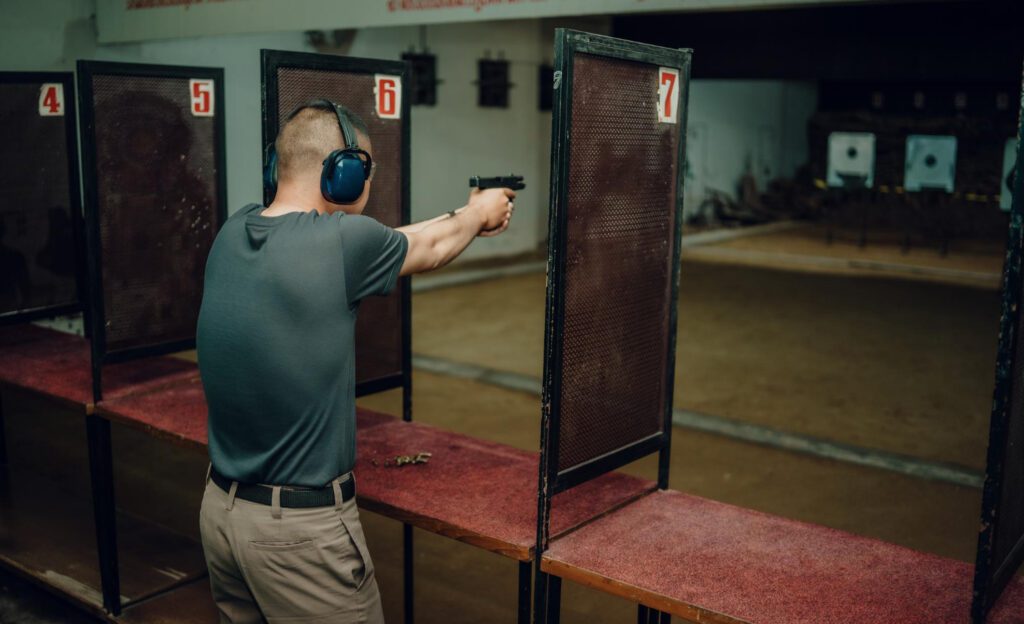
Even more caution is needed when handling firearms. Handling a firearm without the right training might endanger the user more than any possible threat. Tragic results may result from unintentional discharges, poor cleaning, or the storage of weapons without safety locks. If you intend to add firearms to your survival toolkit, you cannot compromise on training programs and consistent practice.
Practice and knowledge are essential for avoiding these errors. Learn about the limitations and intended use of each tool. Set aside time to master the correct methods for cleaning firearms, sharpening blades, and splitting wood. Look for workshops, training courses, or even neighborhood classes that impart these vital abilities.
Lastly, provide chances for practice in safe environments. Practical experience guarantees competence and confidence, whether you’re installing your portable stove or using your Ferro rod to build a fire. You will be more equipped to handle real-life situations if you are more at ease with your equipment.
Harmful Chemicals in Gear
Not all survival equipment is made equal, and some of it can contain dangerous chemicals that could endanger you in the long run. Cheap water storage containers, for instance, have the potential to release contaminants like BPA into your drinking water, particularly when heated. These substances can accumulate over time and have negative health effects, even in trace amounts.
Another matter of worry is food rations. Preservatives are used in many foods intended for long-term preservation to prolong their shelf life. Although tiny doses of these substances are usually harmless, long-term use may cause health issues. When exposed to moisture or high temperatures, even untreated textiles used in sleeping bags or tents can release toxic chemicals.
Food rations are another cause for concern. Many foods meant for long-term preservation contain preservatives to increase their shelf life. Long-term use of certain substances may result in health problems, even if small dosages are typically safe. Even untreated materials used in tents or sleeping bags can produce harmful compounds when exposed to dampness or extreme heat.
Neglected Maintenance and Repairs
Inadequate maintenance can cause even the best equipment to malfunction. A survival knife that isn’t sharpened is essentially worthless, and a tent that has ripped seams or a damaged zipper won’t offer enough protection. Wear and tear can soon make your equipment unreliable if you don’t do routine maintenance.
Small problems frequently grow into larger ones. Until you’re trapped in a downpour and everything gets saturated, a small hole in your tarp, for example, might not seem like much. By routinely checking your equipment, you may identify these problems early and take action before they become more serious.
One easy method to make sure your equipment is in good condition is to create a maintenance program. Go through your equipment piece by piece every few months. Oil moving parts, sharpen blades and check for wear. To stay organized, keep a record of the dates of maintenance.
It is equally necessary to have a basic repair kit. The majority of simple fixes in the field may be completed with duct tape, sewing kits, and multi-tools. Acquire the ability to fix little issues at the moment by learning how to stitch tears or patch holes. Fewer surprises at crucial times result from well-maintained equipment.
Psychological Risks of Over-Reliance on Gear
The way we rely on the equipment is one of the largest concealed hazards, not the equipment itself. A lot of preppers spend so much time purchasing equipment that they fail to develop the necessary skills to use it efficiently. A fictitious sense of security is produced by this over-reliance. What occurs if your equipment malfunctions or disappears? You risk being unprepared and exposed if you lack the requisite abilities.
A balance between equipment and abilities is necessary for true preparation. Discover how to navigate without a GPS, create a fire without a lighter, and purify water without filters. These abilities guarantee that you won’t be reliant on your equipment if it malfunctions. Equipment should enhance, not replace, your skills. You can confidently get ready for any circumstance by concentrating on developing your skills and obtaining high-quality equipment.
The quality of your survival equipment depends on how well you maintain and care for it. You can remove hidden hazards and make sure your equipment will work for you when you need it most by remaining alert, maintaining it, and always improving your skills. To be prepared for whatever comes your way, start today by inspecting, testing, and training.

